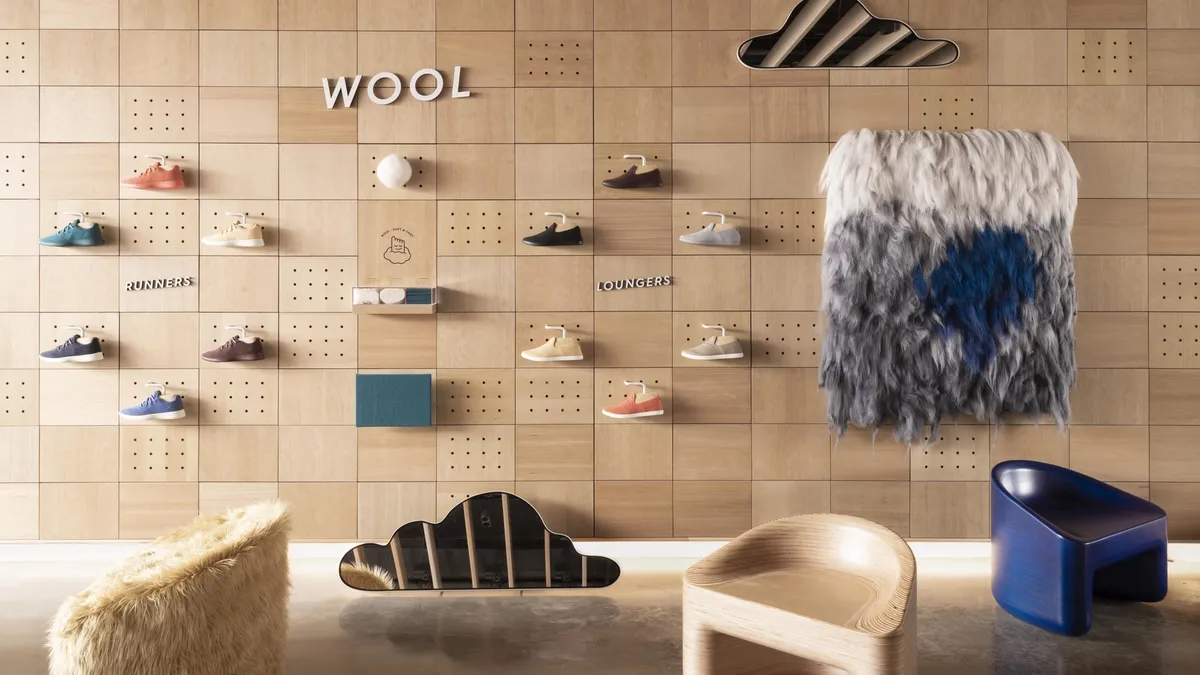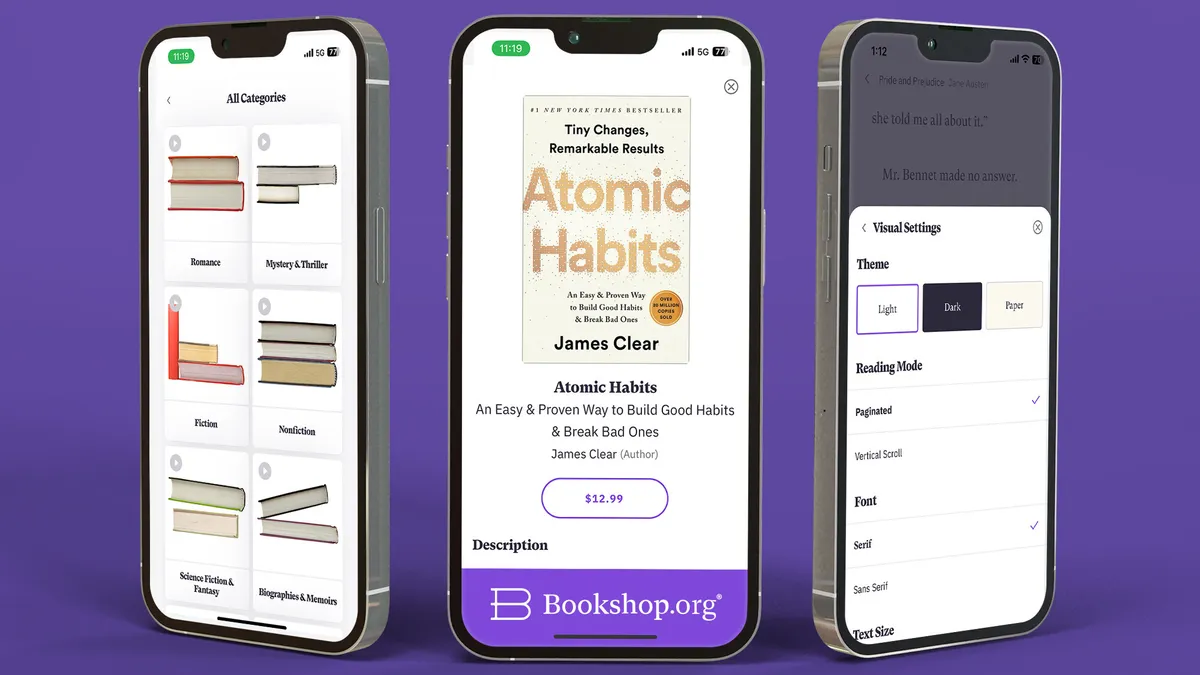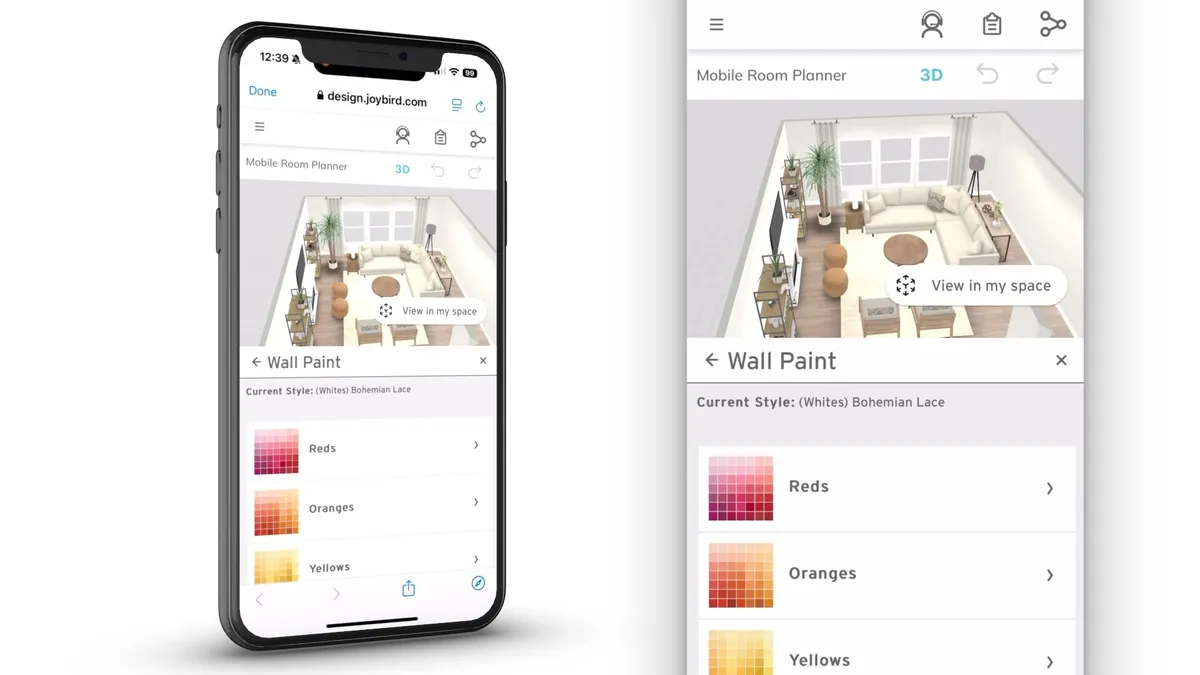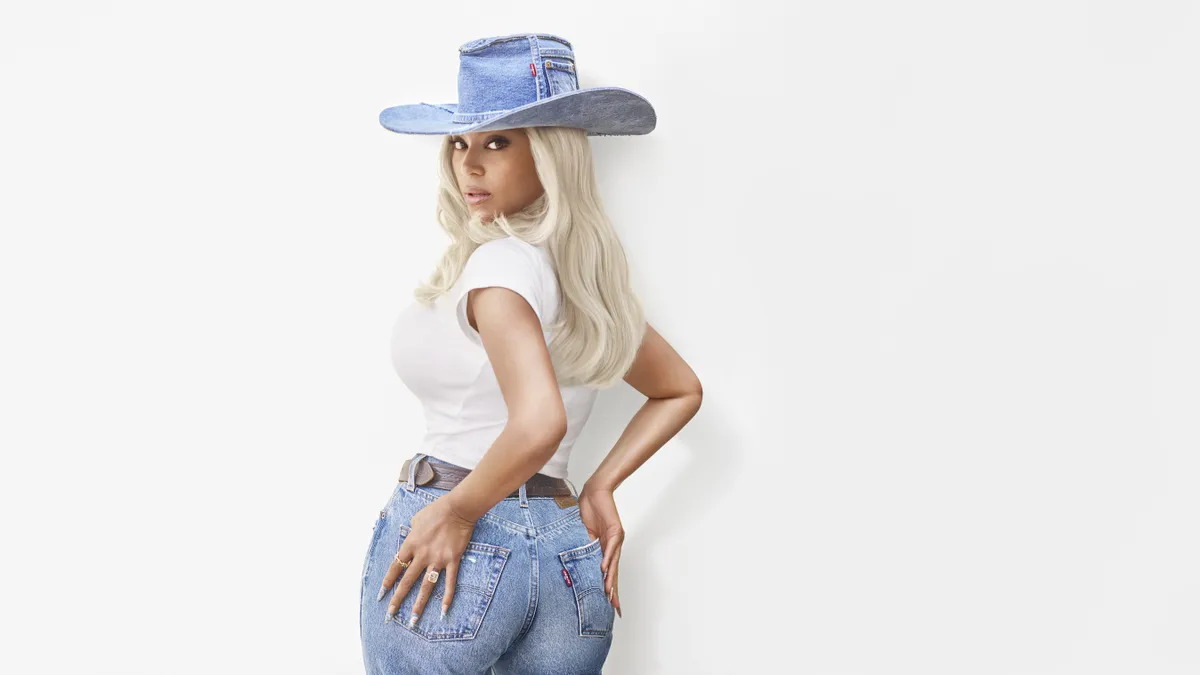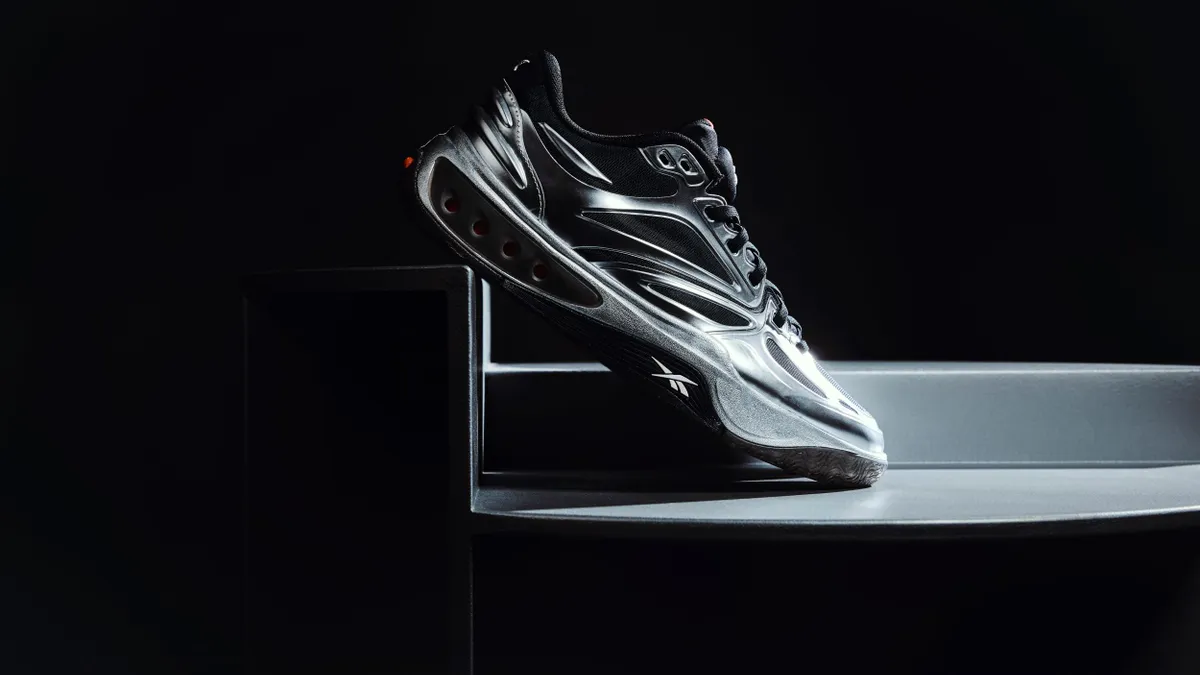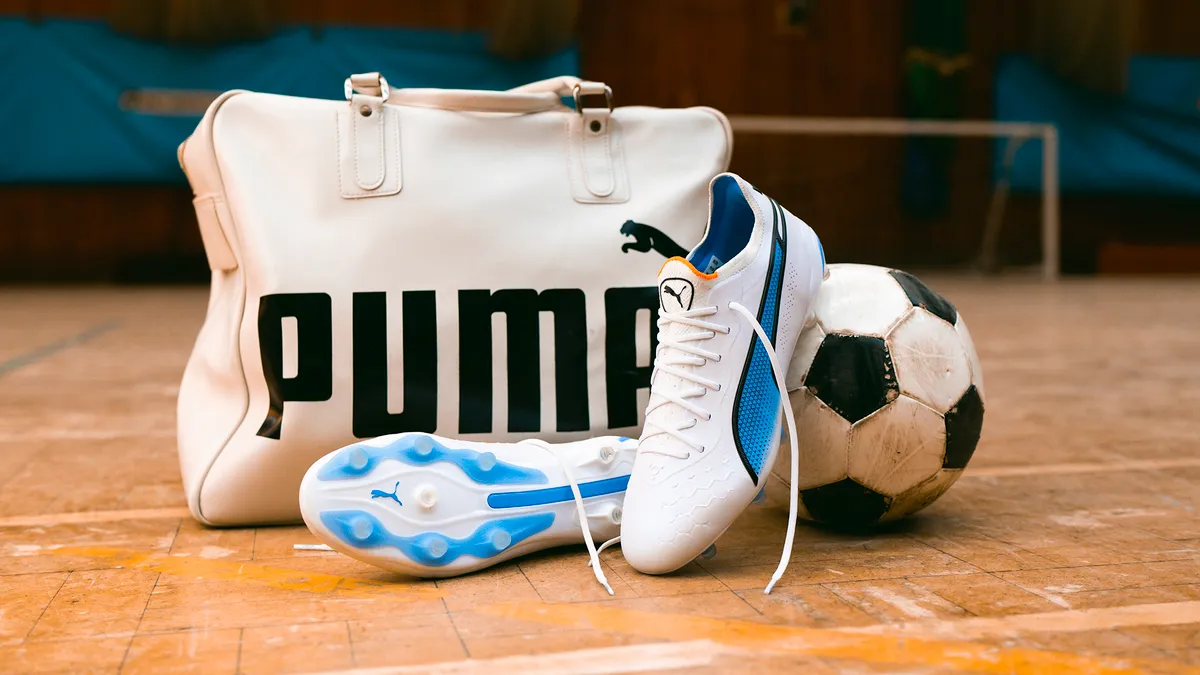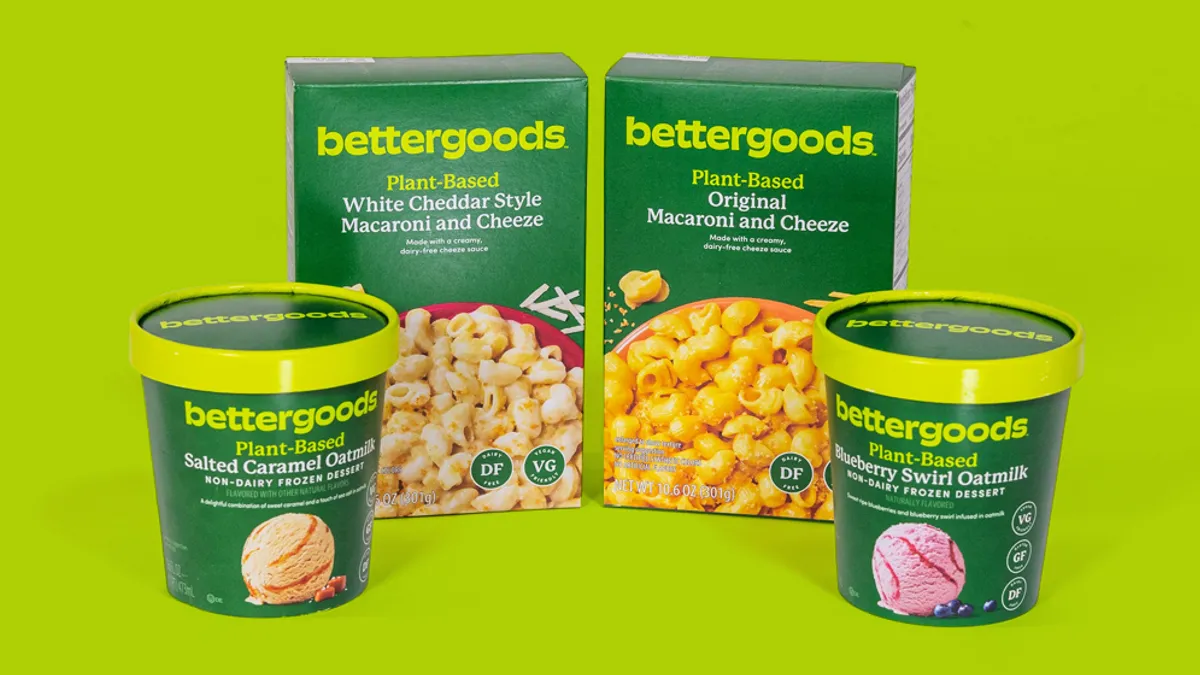While the widespread rollout of vaccines in the U.S. offered some relief to consumers and retailers, the industry was faced with a new set of challenges in 2021. From supply chain constraints to labor shortages, retailers — including DTC brands — navigated another turbulent year.
However, digitally native brands continued to grow. Several brands jumped on one of the hottest markets in history, filing for initial public offerings. Others raked in more capital through funding rounds.
Even still, many of the problems that plagued DTC brands for the past few years continued in 2021 — and will likely persist in the year ahead.
As more brands entered the public markets, it became increasingly apparent how many e-commerce brands struggle with turning a profit. Finding the right balance between DTC channels and wholesale partnerships will be top of mind for both digitally native brands and traditional retailers.
And with the pandemic still present, DTC brands will need to navigate more challenges in the year ahead.
Here are six trends Retail Dive is watching in 2022:
1. DTC deals continue
Last year ushered in a wave of companies looking to go public. Retail Dive tracked about 20 major retailers filing paperwork to go public, via initial public offering, direct listing or de-SPAC transaction — several of which were direct-to-consumer brands.
DTC darlings made their public debuts in order to capitalize on one of the best markets in history. Warby Parker, founded in 2010, in late September entered the public markets via direct listing. And shortly after, Allbirds went public through an IPO.
Brands pursued other exit avenues as well. Supergoop, Beyond Yoga and Sweaty Betty all inked deals to be acquired last year. And shaving brand Billie in November was acquired by Schick maker Edgewell for $310 million. The deal came less than a year after P&G called off its deal to acquire the DTC razor brand following action from the Federal Trade Commission. A separate deal between Edgewell and Harry's was canceled in 2020 on similar antitrust grounds.
Casper, which made its public debut via IPO in early 2020 before the pandemic was fully realized in the U.S., inked a deal in November to be acquired by private equity firm Durational Capital Management.
As DTC brands mature, more exits will likely be on the rise as well.
2. Reaching profitability will remain a goal for many brands
As more DTC brands entered the public markets last year, their financial information became public as well. For many, the reports further highlighted just how hard it is for retailers to turn a profit selling goods almost entirely online.
Despite sales increases, Warby Parker either reported losses or broke even in the last three fiscal years, reporting a net loss of $55.9 million in 2020. In its latest quarter, the eyewear brand reported its operating and net losses more than doubled, to $92 million and $91.1 million, respectively.
And Rent the Runway, Lulu's and Casper's filings have shown similar struggles around profitability.
But not all DTC brands operate at a loss. For example, Solo Brands — which includes Solo Stove, Chubbies, Oru Kayak and Isle paddle boards — reported in its latest quarter that net revenue was $69.4 million, while net income was $2.1 million. And activewear brand Vuori, which in October raised $400 million at a $4 billion valuation, has been profitable since 2017, according to the company.
The divide between DTC brands operating profitably and at a loss could grow increasingly prominent as more companies enter the public markets, offering a glimpse into their financial makeup.
3. The need to move offline grows
While digitally native brands, by definition, launched online, many are seeing value in brick and mortar.
The role of a physical store can not only serve as a place for consumers to test products in real life before purchasing, but also as an additional marketing channel, which can help alleviate the high advertising costs associated with acquiring customers exclusively online. Those high marketing costs, oftentimes, also come at the expense of profitability for many DTC brands.
Last year, Allbirds continued its physical expansion, opening stores in Denver, Chicago and the Boston area, while DTC intimates brand Knix opened its first U.S. store in September. Boy Smells, known for its candles, partnered with Nordstrom last year to house its fragrance product launch.
And this year already, Fenty said it plans on opening stores in five U.S. cities, while Billie announced a deal to sell its products inside of Walmart.
Partnerships with DTC brands also help the traditional retailers, like Walmart, Target and Nordstrom by attracting younger consumers with these popular brands.
As e-commerce becomes increasingly saturated with competition, DTC brands will lean more on brick-and-mortar retail to stand out.
4. Brands search for balance when it comes to wholesale versus DTC channels
A number of brands last year announced their intentions for a higher mix of DTC sales, including Nike, Under Armour and Adidas.
Nike, for example, in 2010 had a DTC business that made up just 15% of the retailer's total revenue. A decade later, the retailer grew DTC to represent 35% of its business. Over the last couple of years, Nike has shut down a number of its wholesale accounts, which reportedly included Urban Outfitters, DSW, Macy's, Zappos and Dillard's. The athletics retailer is now projecting DTC to make up 60% of its revenue by 2025.
But in a September report, BMO Capital Markets analysts questioned whether a shift to more DTC sales is truly more profitable than wholesale, pointing to the potential of DTC channels leading to lower sales dollars overall.
On the other hand, many direct-to-consumer brands are seeking out partnerships with traditional retailers as a way to expand their brick-and-mortar presence. For example, Casper has added more than 25 retail partners, including Costco, Nordstrom, Target and Sam's Club.
Striking a balance between the two channels will be key for retailers in the year ahead. Coresight Research's Deborah Weinswig noted in a July report that the firm expects "brands to continue to rely on a hybrid wholesale-DTC model for the next three years, but with growth in the proportion of DTC exposure and an increase in DTC businesses."
5. Holding companies open opportunity for brands eyeing the next step
As brands mature, they begin to eye their next step. For brands ready to move forward, but unable to generate the revenue necessary to enter the public markets, DTC "holding companies" may be the answer.
Companies like Very Great, Pattern Brands and Win Brands Group are betting on the power of building multiple brands under one umbrella. Pattern Brands (formerly Gin Lane, the branding agency that helped launch to market several brands like Harry's, Hims, Ayr and Stadium Goods) created Open Spaces and Equal Parts and this past June raised $60 million to purchase brands in the home goods space, including home accessories brand GIR ("Get it Right").
Harry's itself, after failing to be acquired by Schick maker Edgewell, has gone all-in on acquiring brands and building its portfolio. The razor brand — which already sold products under the Harry's, Flamingo, Headquarters and Cat Person names — in March raised $155 million to help it add more brands to its portfolio. In December, Harry's announced it entered into an agreement to acquire body odor brand Lumē.
In the year ahead, more companies will likely launch adjacent brands under their umbrellas or acquire new ones in order to extend their reach with consumers.
6. Brands reimagine marketing strategies in the wake of Apple's iOS update
Apple's iOS 14.5 update rolled out last year, requiring all apps to adopt the AppTrackingTransparency framework. This meant apps needed user's permission to track them or access the device's advertising identifier.
This created a problem for DTC brands, which historically leaned heavily on third-party data for customer acquisition, retention and insights. It's making it more difficult for brands to clearly see the return on their investments, Alex Song, CEO of growth acceleration platform DojoMojo, told Retail Dive last year. "[T]he good old Facebook, Instagram channel as a marketing arena is not as available or dependable as it once was."
Now, companies are turning back to other forms of marketing, like SMS, email and print in order to get consumers to shop with their brands.
Editor's note: This story was first published in our weekly newsletter, Retail Dive: DTC. Sign up here.



